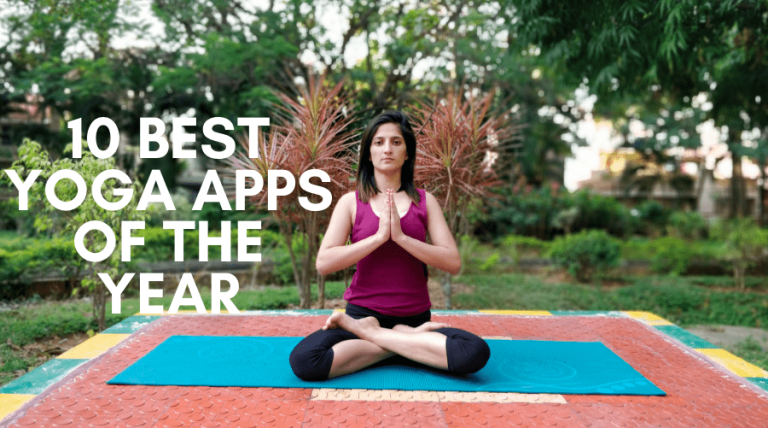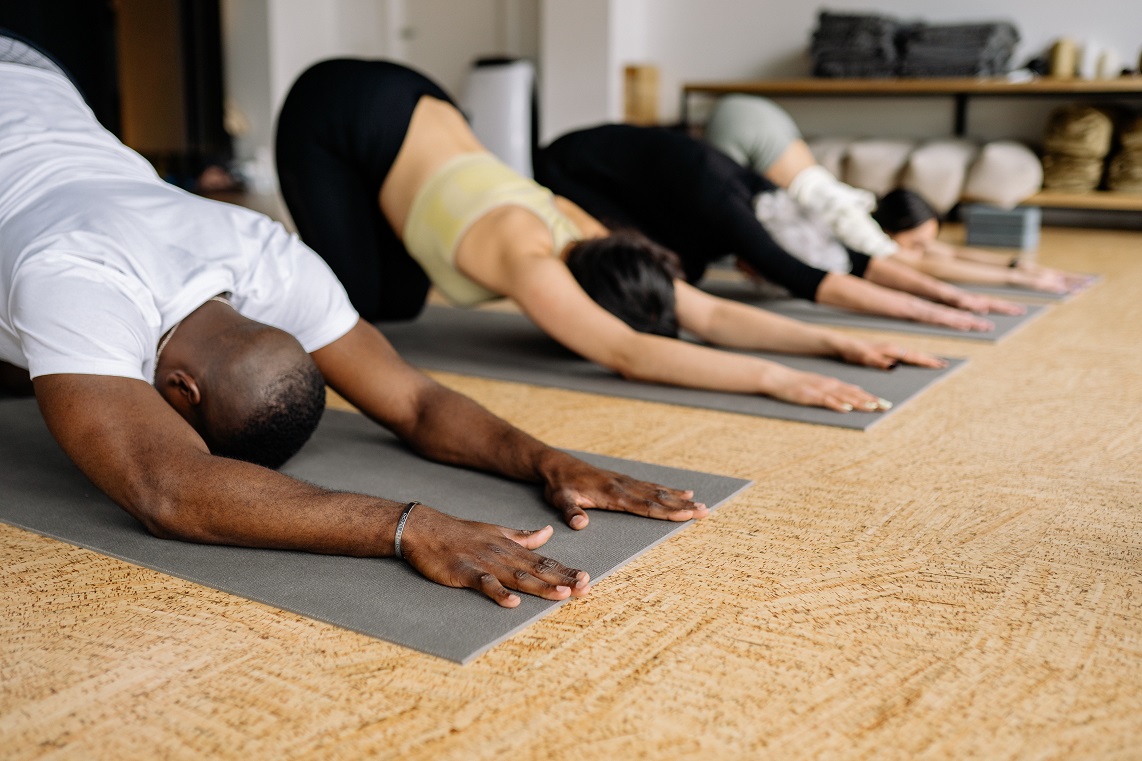
Yoga is a great method to stretch your body. However you should be careful to do it in the right way. For your pelvis to stay aligned and your sacrum to remain healthy, engage the lower belly muscles. Then, you can stretch through your legs and lift your spine. Although the Downward Dog is a common yoga pose, it must be done safely. Otherwise, you might end up hanging and pulling off your shoulder blades.
Yin yoga
Yin is a great way of stretching and releasing the muscles and joints. This requires that you remain still for at least a few seconds while you are holding a particular posture. Depending on the yoga instructor, this type of yoga can last anywhere from three to five minutes. Yoga yin is meant to help you feel more energized and focus when you do it.
Yinyoga focuses on deep connective tissues, which are the connections between muscles and fascia. It promotes flexibility and increases circulation to the joints. These tissues can become tense due to injury, habitual posture, or aging. The limited range or mobility can cause these tight connective tissues to become even more problematic. Yin yoga can help improve your range-of-motion and reduce pain.
Dogs of the downward
Downward dog is one of the most common yoga exercises, and is known for stretching the back, hamstrings, calves, and shoulders. It also has a relaxing effect. Its name comes from the fact that it mimics the pose of a dog that wakes up from a nap.

Start by placing your hands under your shoulders. Next, bring your knees below your hips. Your head should rest between your arms. Relax your shoulders. Then stretch your neck, back and neck. Breathe deeply. This position should be held for no less than five minutes.
Plow pose
The Plow is a great yoga stretch. It is great for reducing leg cramps. It can stimulate the thyroid gland. It can also be beneficial for those with diabetes, and help them manage their condition. This yoga pose, despite its awkward positioning has many benefits.
This yoga stretch requires a prop to support the upper neck. A prop to support the upper neck is necessary as it can put pressure on cervical vertebrae. Folded blankets or towels work well. For support, you might also need a chair. This will allow you to raise your shoulders while reducing the bend in your neck.
Eye of the needle
The Eye of the Needle yoga stretch is easy and great. This pose is ideal for people with low energy levels as it releases tension in the hips and lower body. Try this position: Lie on your back, cross you left leg over the right, and place your hands behind your thigh. Bring your right knee toward your chest and hold the pose for up to 30 seconds. Next, switch the position of your legs.
The Eye of the Needle is an easy variation of the traditional pigeon pose. It is great for waking up the lower part of the body and getting ready to do deeper stretches. It's a great way to close a vinyasa class before moving onto seated meditation. To do the Eye of the Needle you will need a mat and a place on the floor. Begin by lying on your back and hugging your left leg into your chest.

Overhead stretch
To stretch the head, start with a simple chair pose. Sit upright, with shoulders relaxed and your head raised. Deepen your breathing. Your right shoulder should be rolled toward the right shoulder. Then, use your other hand to press down on your right elbow. Your neck muscles will begin to stretch as you do this. Do the same for the other side.
The neck roll is another favorite yoga pose to reduce neck tension. While you can do this stretch in a seat, your neck should be straight. Your head should be rolled slowly to either left or right. Keep your shoulders down. This position can be held for up to two minutes or longer.
FAQ
What are the differences in Hatha, Ashtanga and Vinyasa Yoga, Power Yoga, Kripalu or Bikram? ?
There are many different types of yoga. Each has its own unique way of achieving balance in life.
Some of the most popular forms of yoga include:
Hatha: This involves stretching out and focusing on core strength and flexibility.
Ashtanga - This focuses on slow-paced movements that build strength and stamina.
Vinyasa is a type of yoga that allows you to deepen your breath through fast-moving sequences.
Power - This type of power yoga includes more difficult moves.
Kripla – One of the oldest forms if yoga that dates back thousands upon thousands of years.
Bikram: This form of yoga is done in heated rooms.
Yoga is good for people with chronic conditions.
Yoga can help those with diabetes and heart disease. It improves flexibility, stress reduction, and overall fitness.
Yoga can also be helpful for other conditions, such as arthritis and cancer, depression.
How long do yoga lessons last?
Yoga classes usually last anywhere from 45 minutes up to 90 minutes. Some teachers offer shorter and longer sessions at different times of the week.
Yoga involves a lot of sweating.
It depends on the type of yoga that you practice. Vinyasa flow (or power) yoga involves lots of jumping, twisting, and turning movements. This makes it common for people who practice to sweat heavily.
In contrast, Hatha yoga focuses on poses like forwarding bends and twists. These poses don't require a lot of sweat, so most people won't feel much perspiration.
What foods should I avoid after practicing yoga?
Your energy levels may be affected by avoiding certain foods. It may also cause you to feel bloated or have stomach cramps. You may feel tired after practicing.
Can I do Yoga every day, even as a beginner?
Yoga is a great way for you to stretch out and strengthen your body. It also helps you relax and release stress. You don't necessarily have to be a master of yoga to start to practice it regularly. For beginners, yoga should be practiced for 20 minutes at least three times per week.
This is enough time to get started. You can increase your practice time gradually.
Can women do yoga
Absolutely! All women are welcome to do yoga, regardless of gender.
There are many types and styles of yoga available for both men & women.
Statistics
- The people in the yoga group were 37 percent more likely to have quit smoking by the end of the 8-week program. (nccih.nih.gov)
- About one in seven U.S. adults practiced yoga in the past 12 months, according to a 2017 national survey. (nccih.nih.gov)
- Lock in 25% off your Founding Member rate. (corepoweryoga.com)
- In comparison, a 125-pound person is estimated to burn 135 calories in 30 minutes of walking (at a pace of 15-minute miles) and 210 calories bicycling at a moderate pace on a stationary bike. (everydayhealth.com)
- According to the Agency for Healthcare Research and Quality, falls are incredibly common among older adults in nursing facilities. Even the simplest ones can increase the risk of death (24). (healthline.com)
External Links
How To
Can yoga help with menopause symptoms?
Yoga, an ancient form of meditation, focuses on breathing, stretching, and meditation. It originated in India. It has been used for thousands of years to keep fit. It has gained popularity as people search for alternatives to staying healthy and active in stressful situations.
Yoga is all about physical poses (asanas), which are used to stretch muscles, improve posture, increase flexibility and increase flexibility. This helps relieve tension and increase strength and stamina.
There are many types and styles of yoga. Each type focuses only on certain aspects of your body, like breathing, stretching, and relaxation.
All forms of yoga have the same goal: to restore balance within the body as well as the mind. The benefits of yoga include improved fitness, better sleep quality, weight loss, increased energy levels, and reduced stress levels.
Numerous studies have demonstrated that yoga can be used to treat anxiety, depression, and insomnia. It isn't clear if yoga can be used to treat other health issues, such as symptoms related to menopause.
As well as helping you feel healthier and happier, yoga teaches you how to relax and manage stressful situations - skills that could be helpful when dealing with menopause.
Yoga can cause muscle soreness, so it is important to start at a low intensity level. You should consult your doctor if there are any concerns regarding your medical condition.